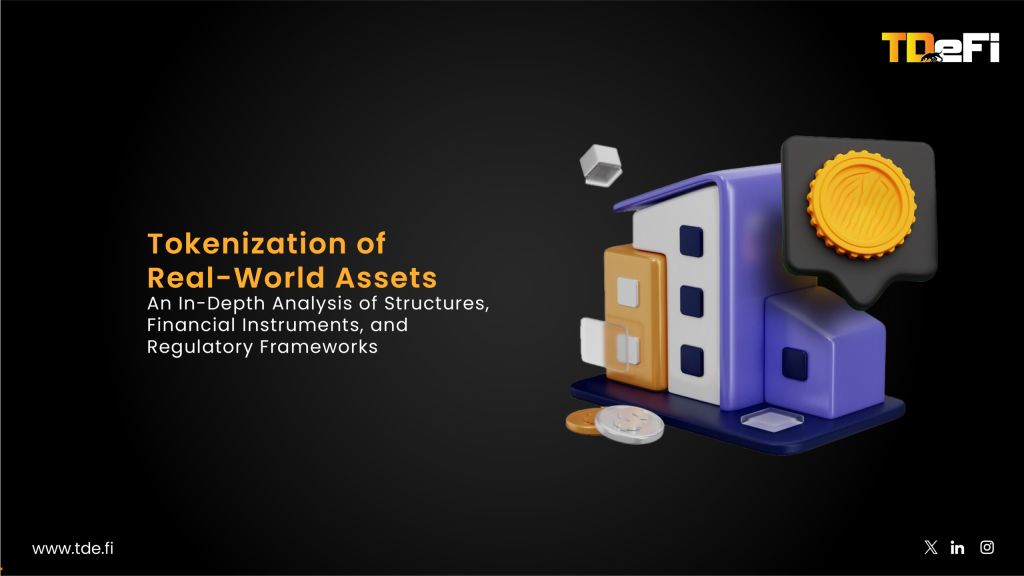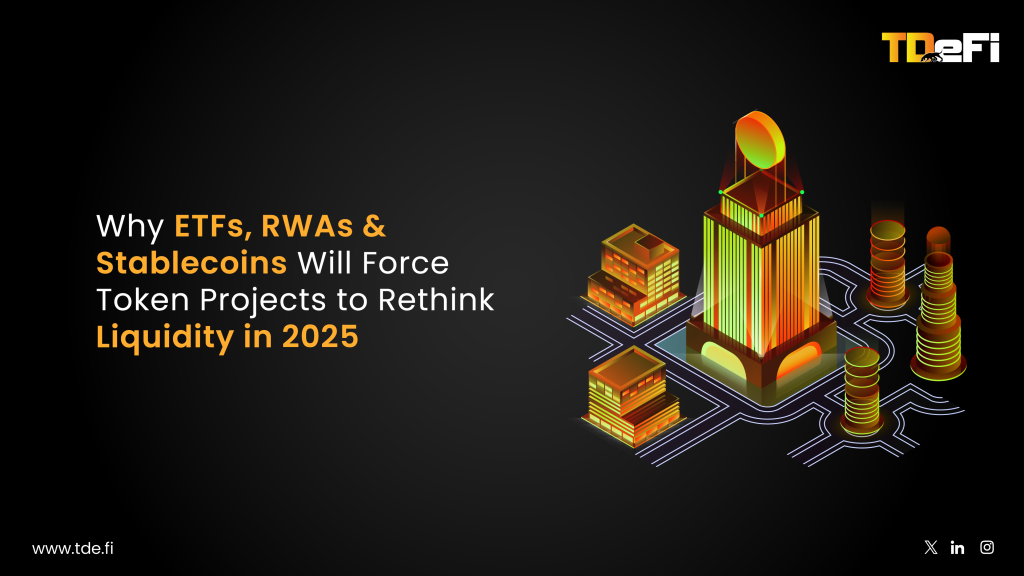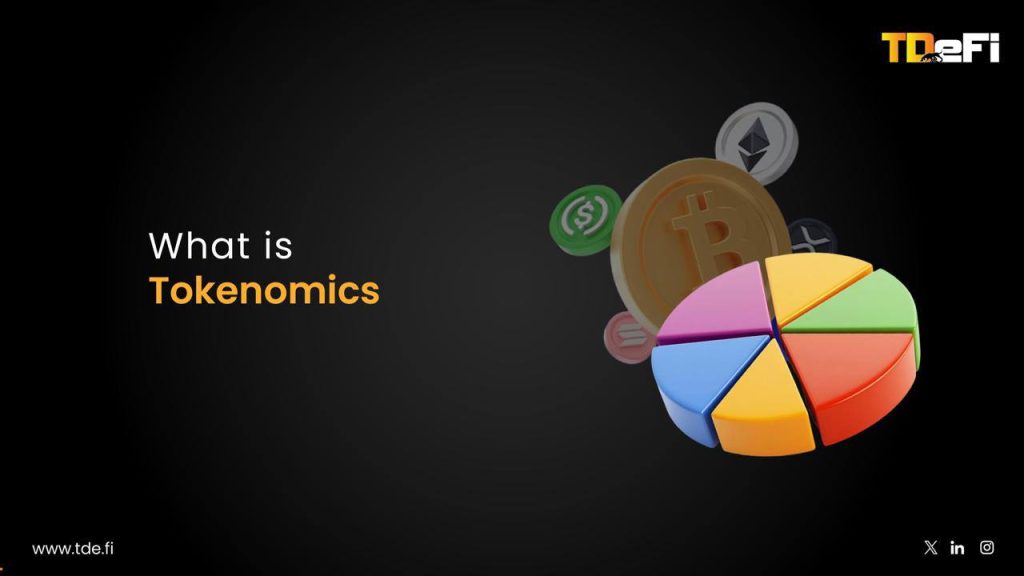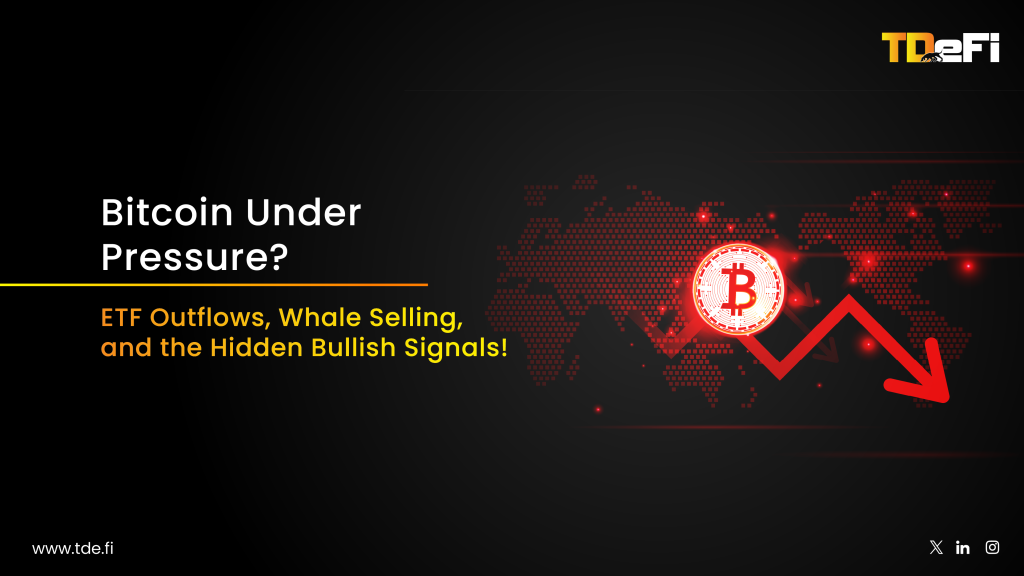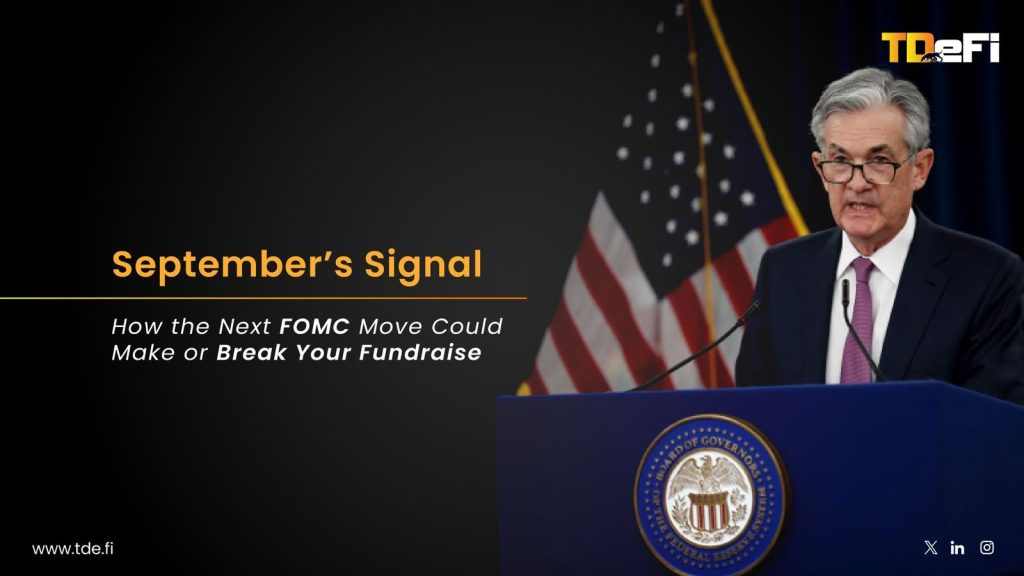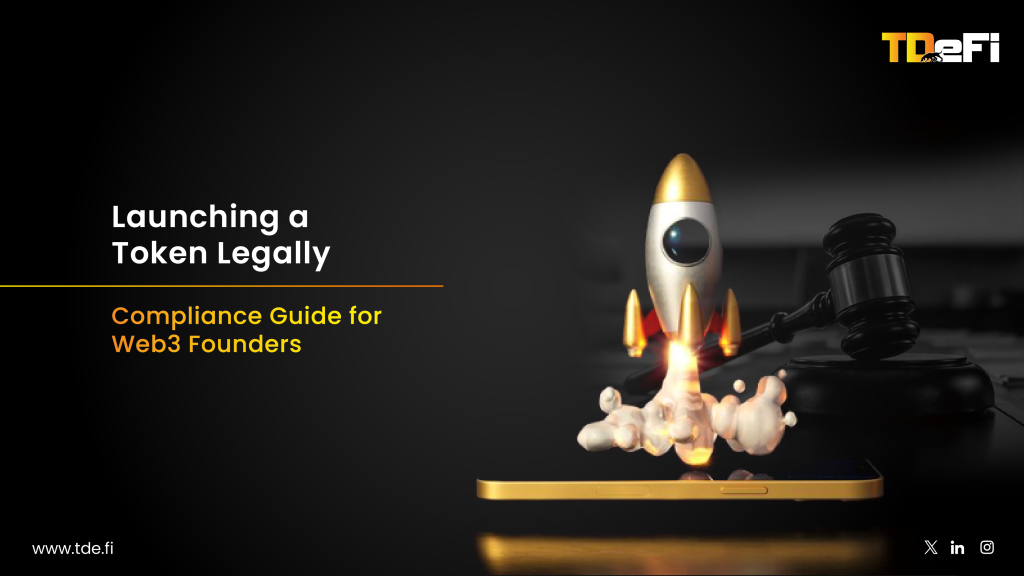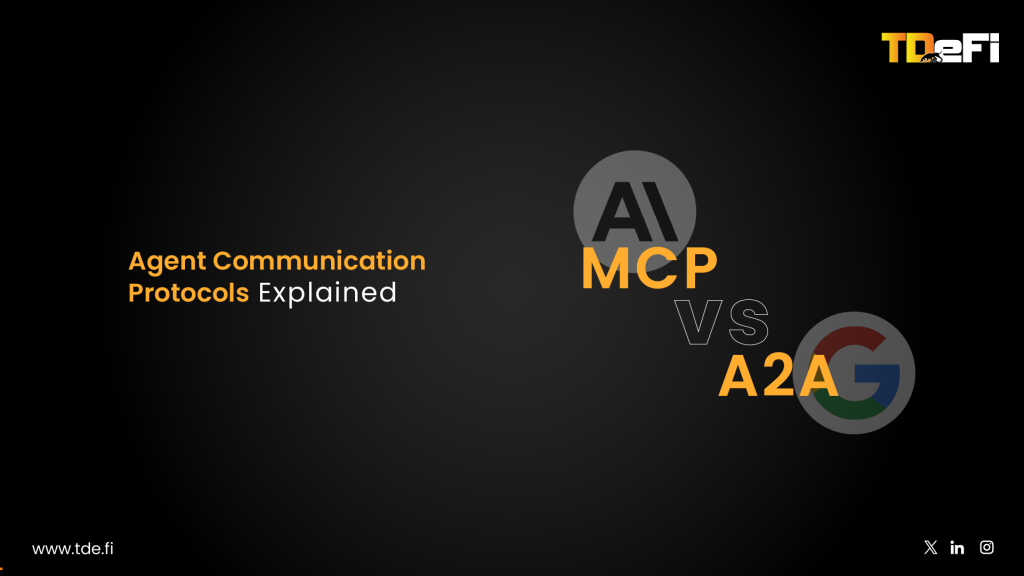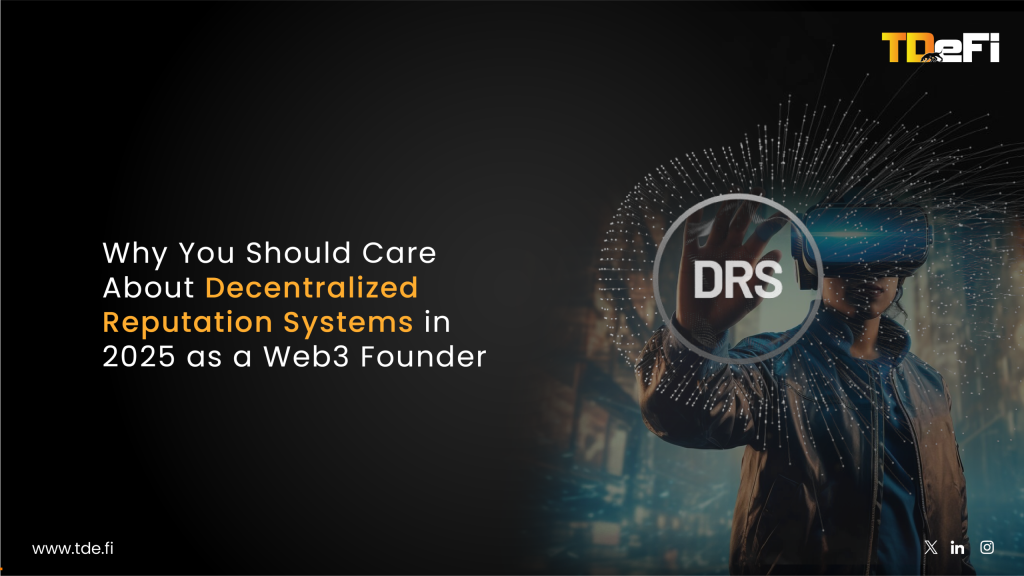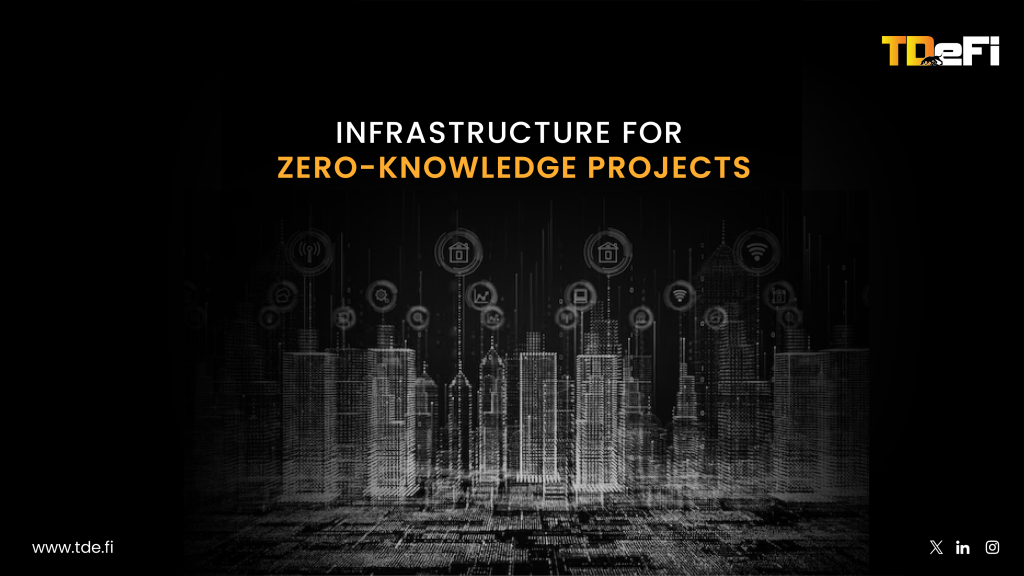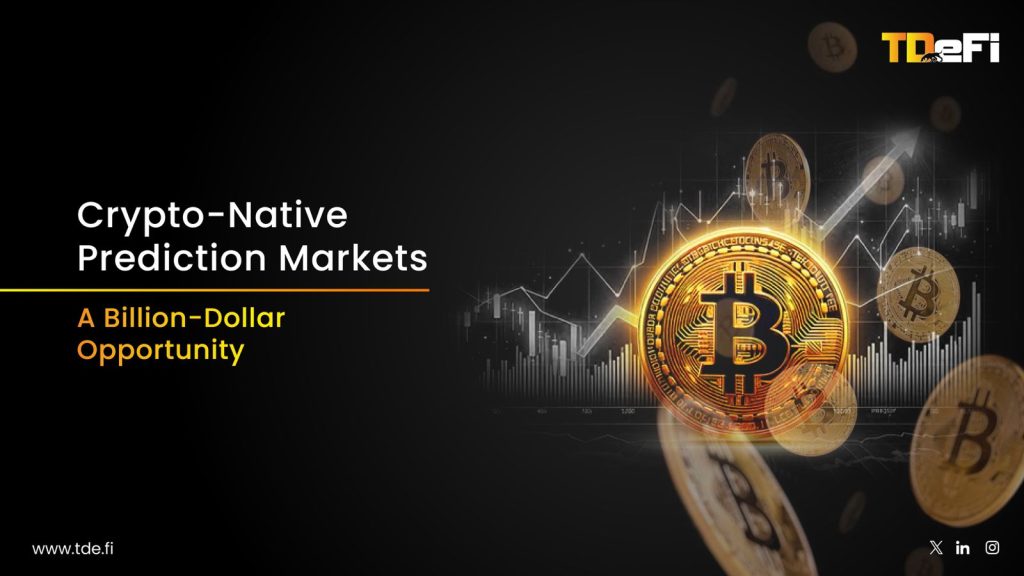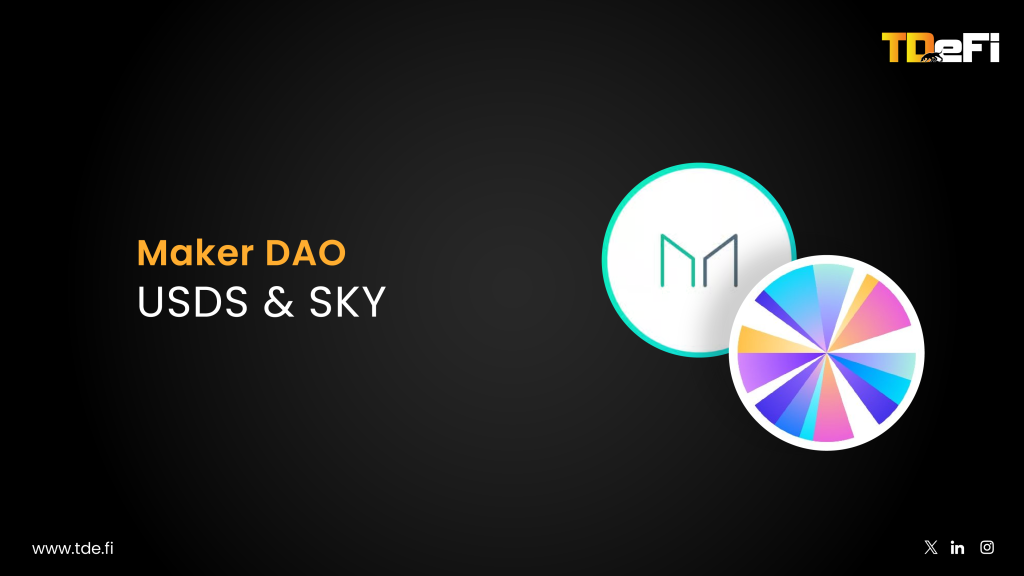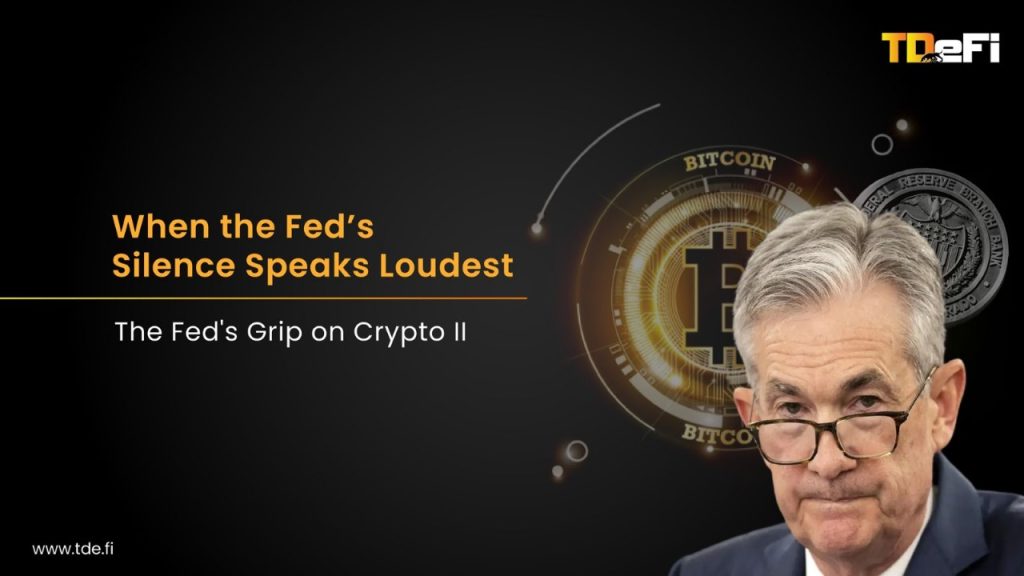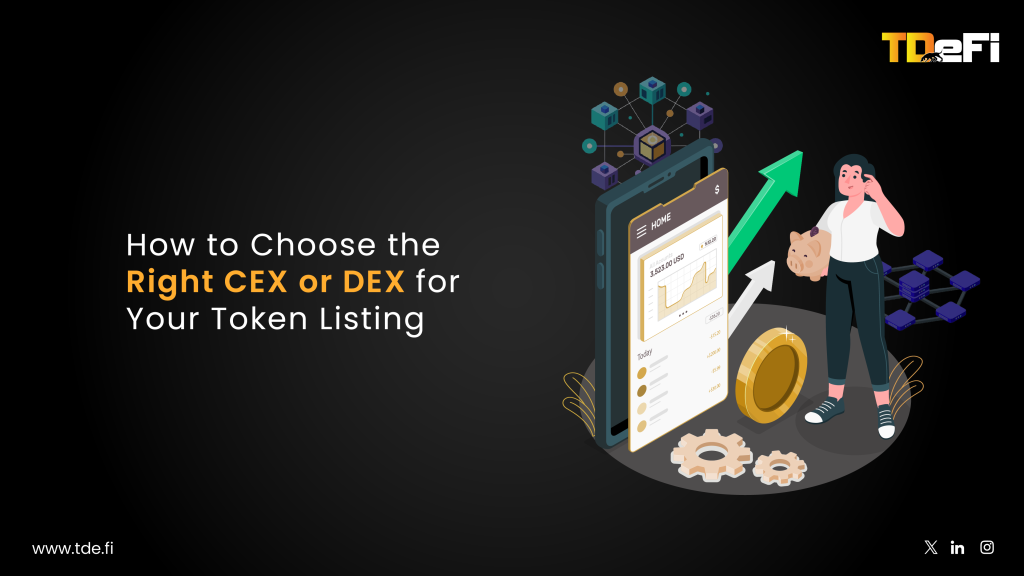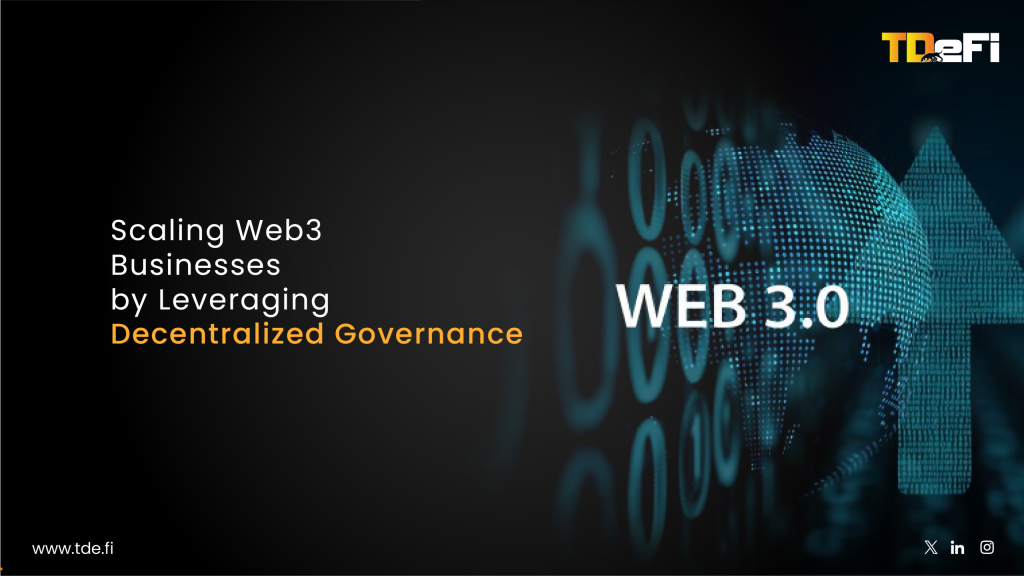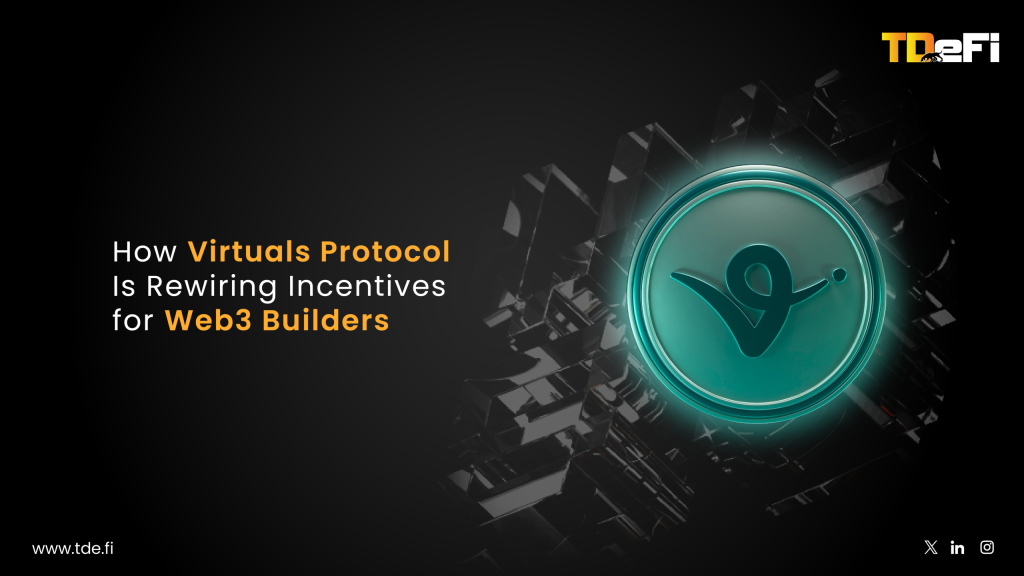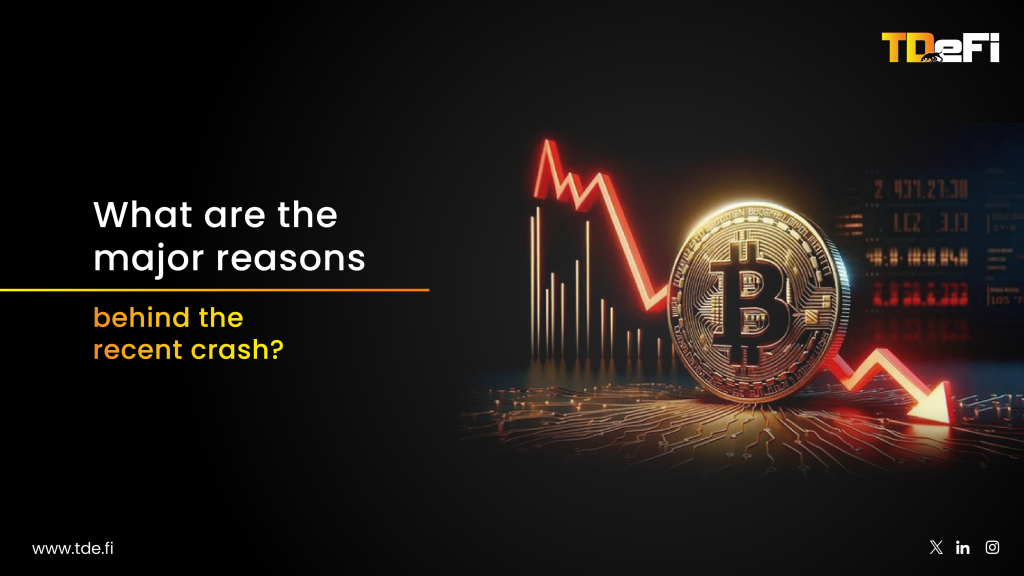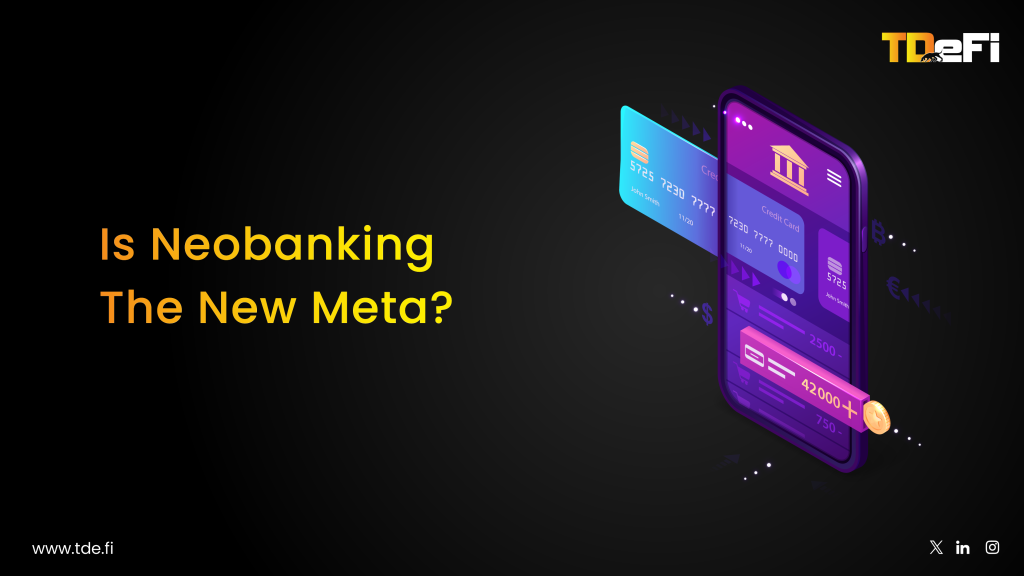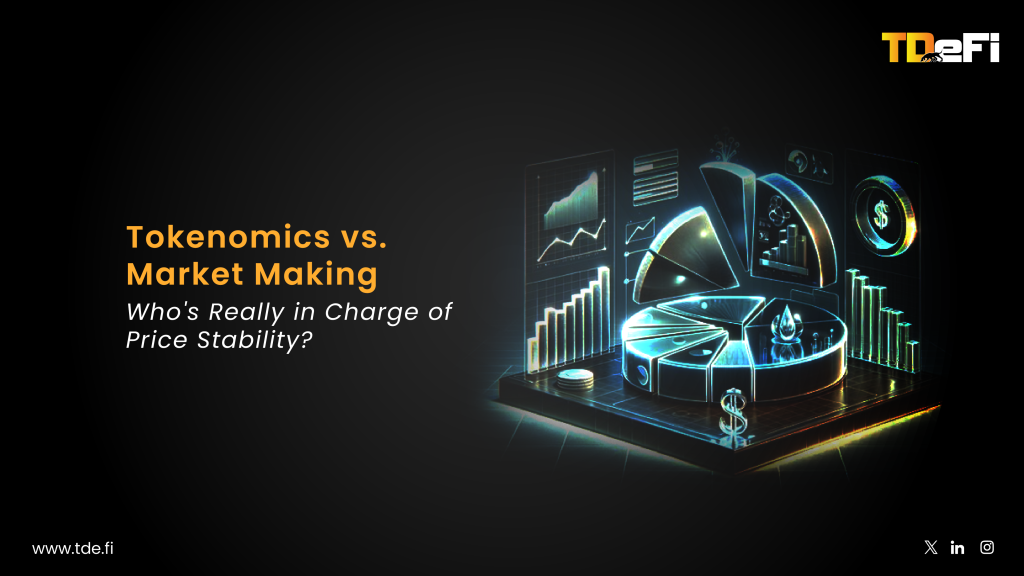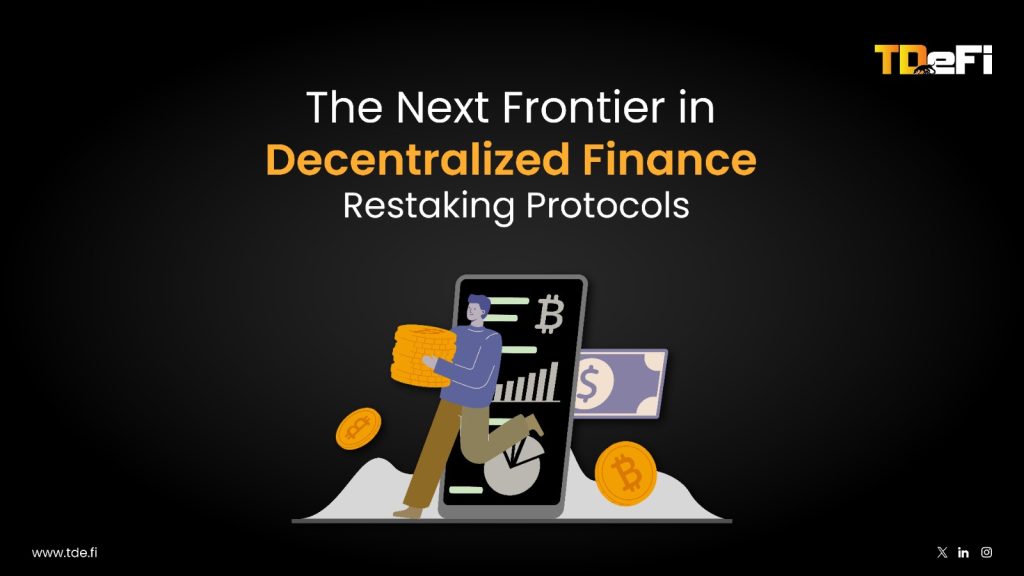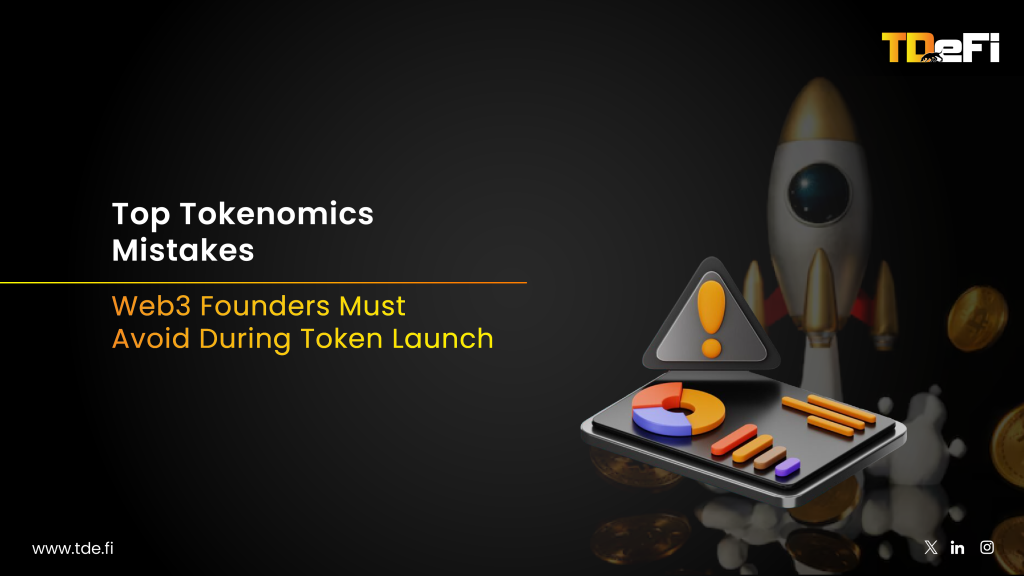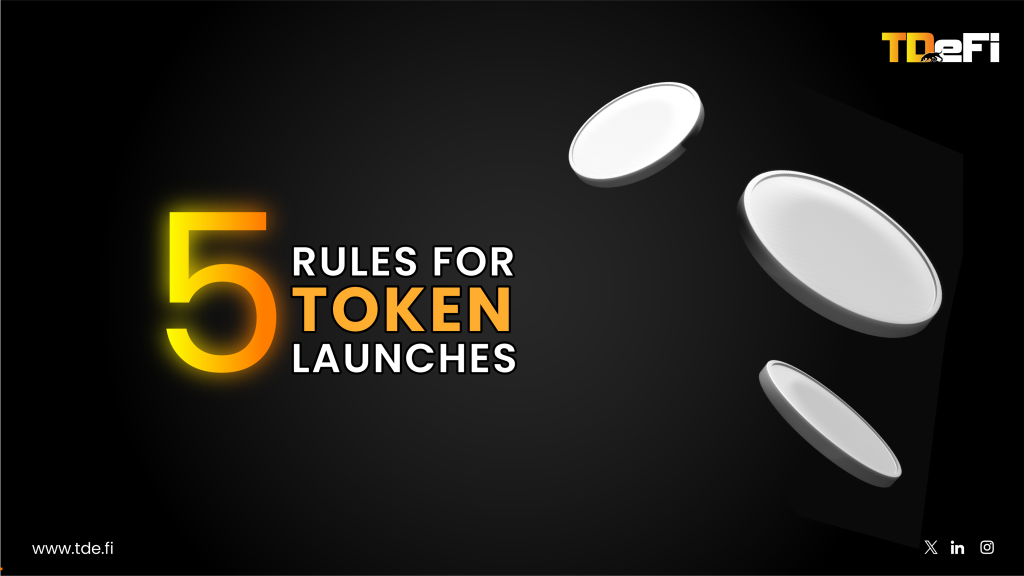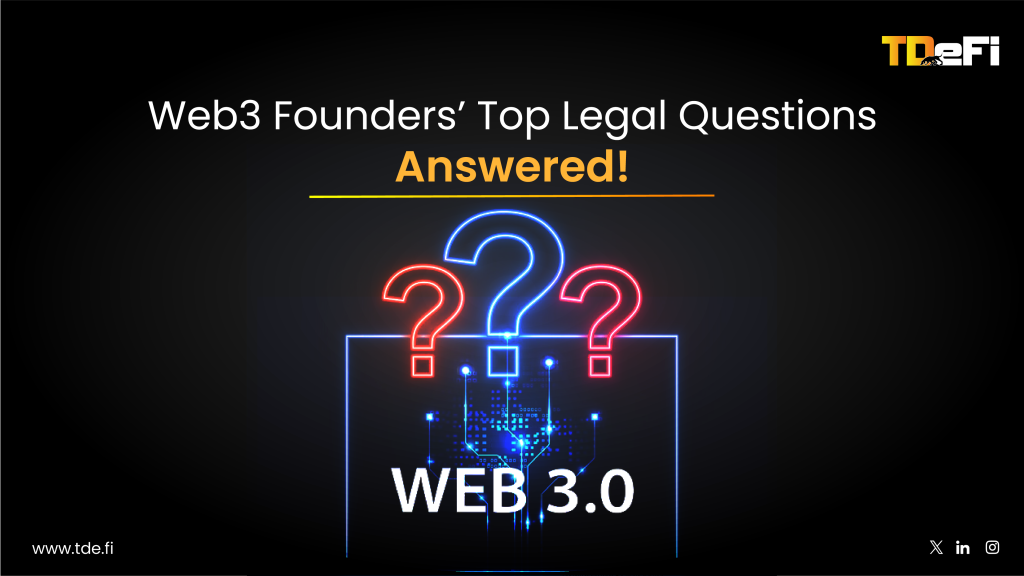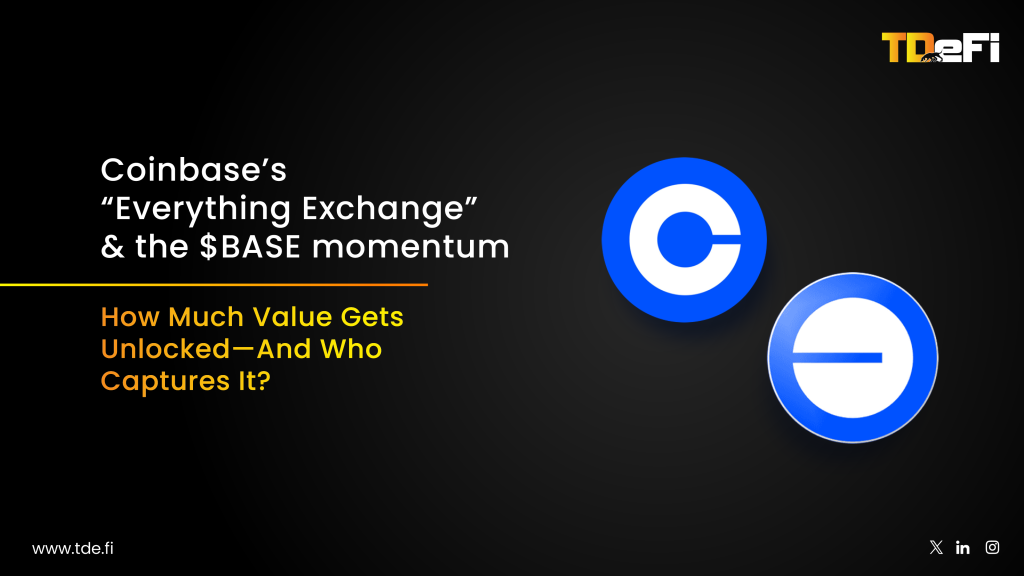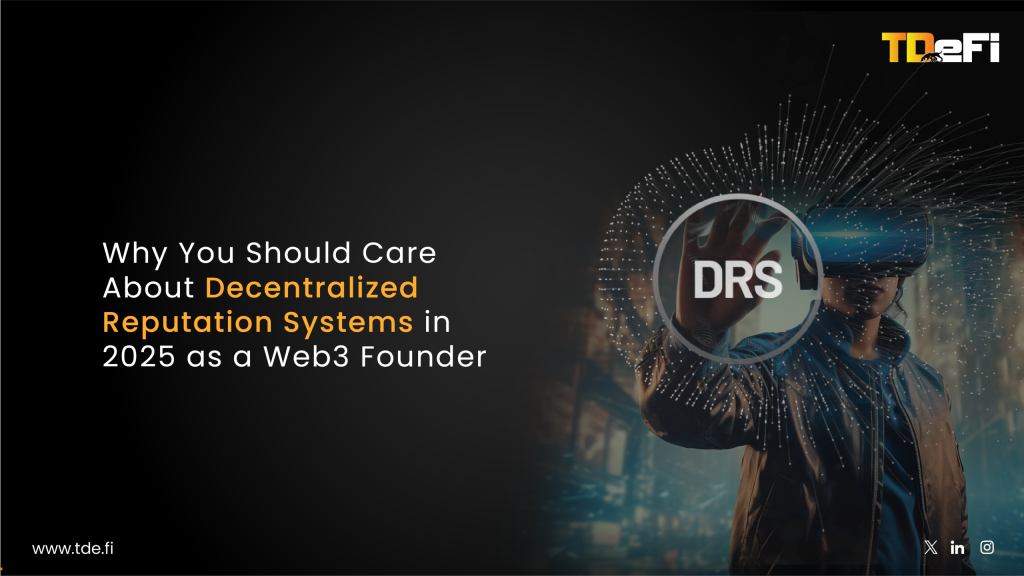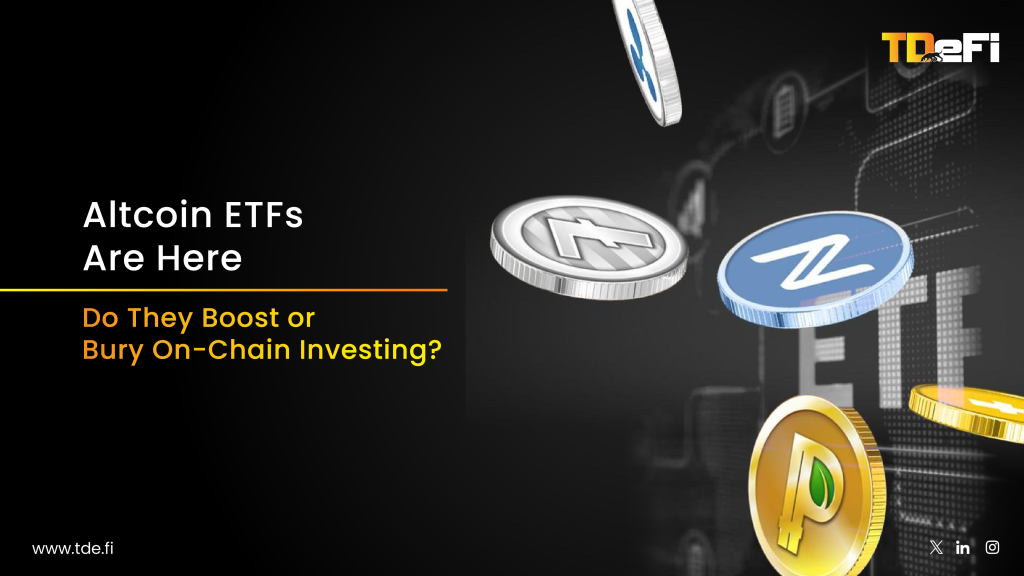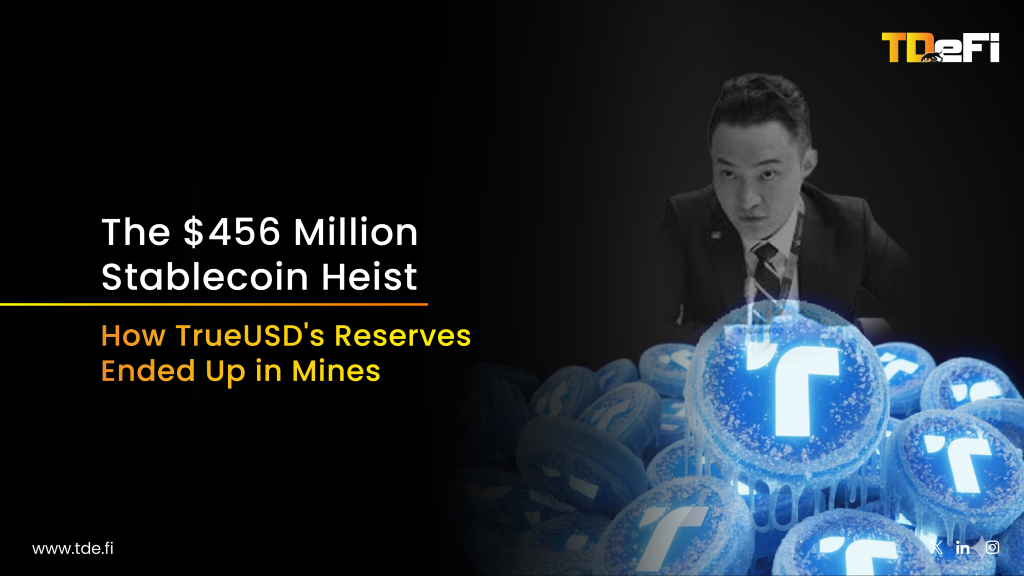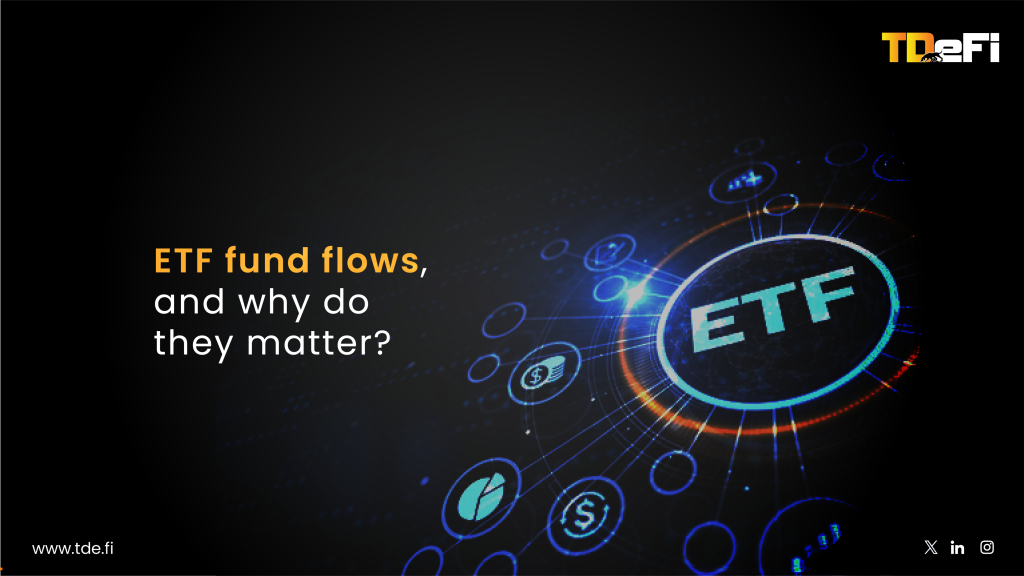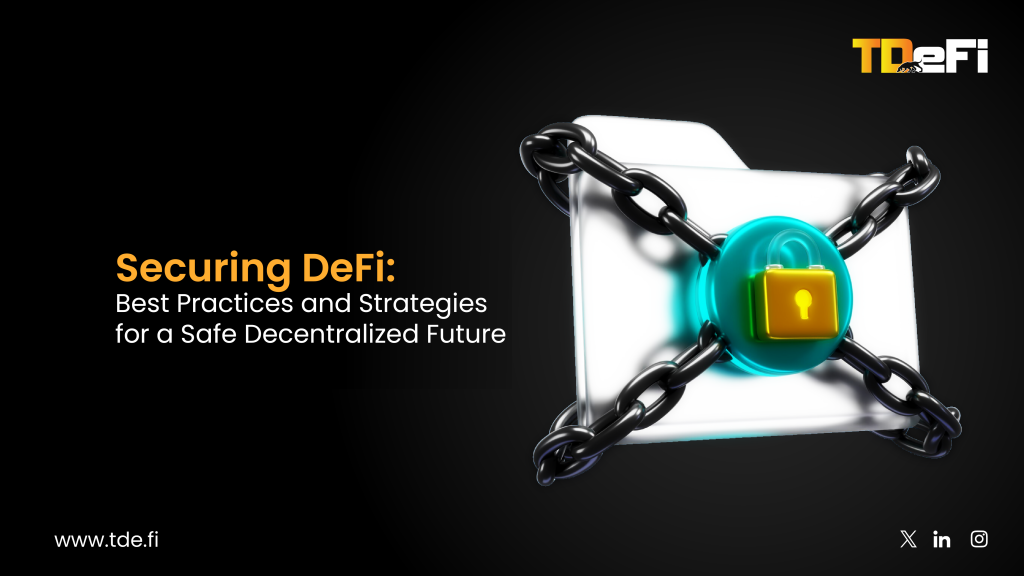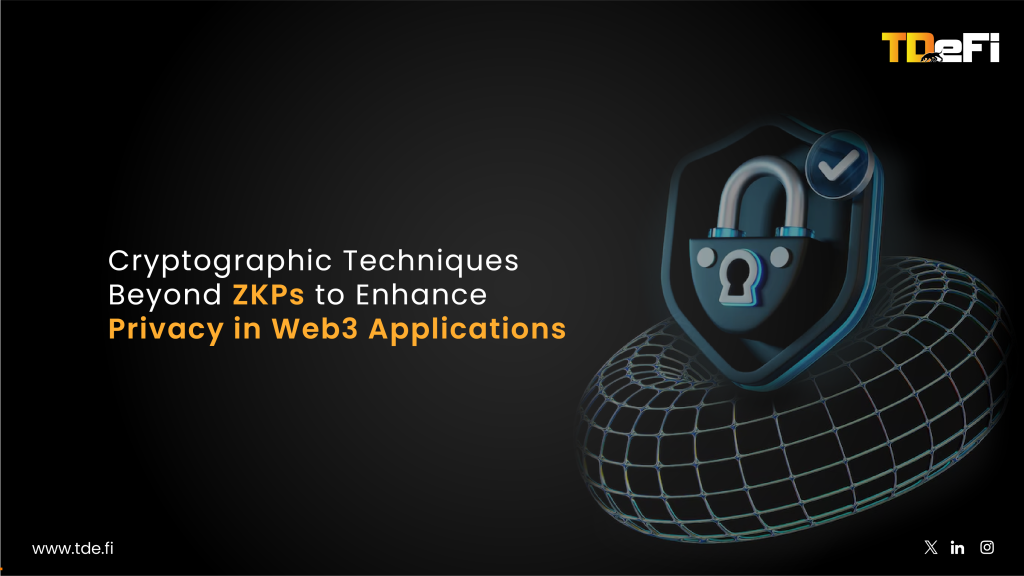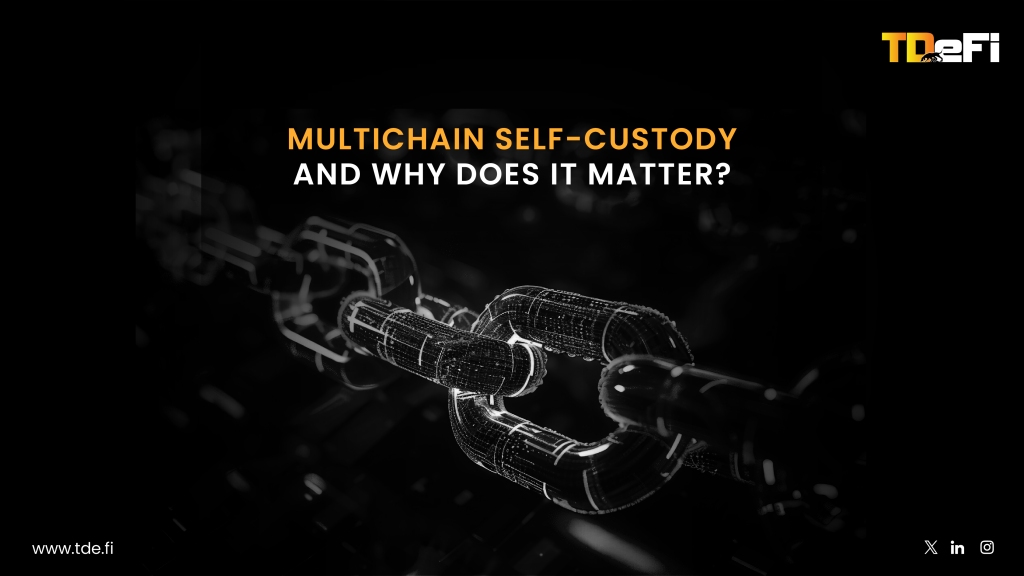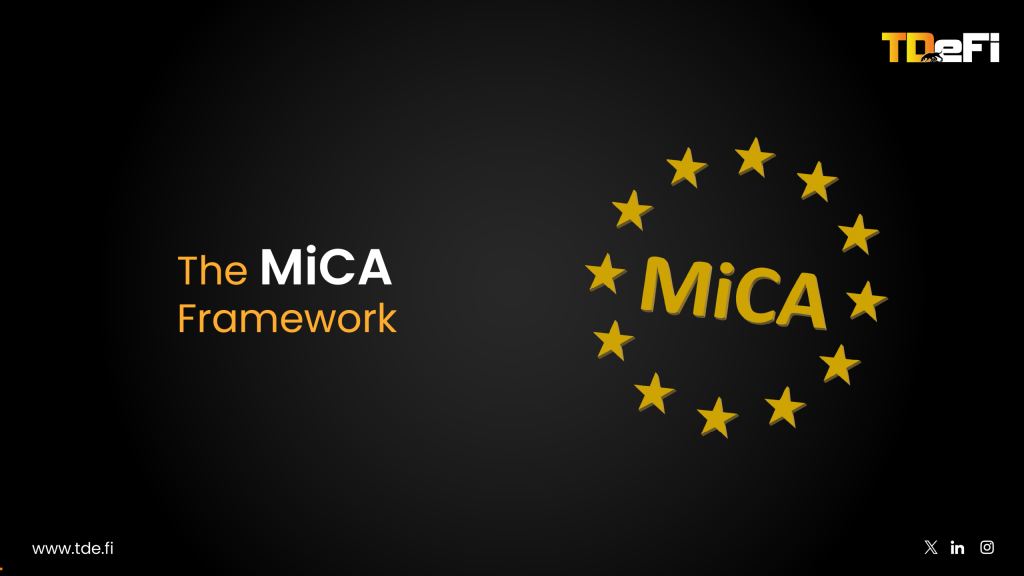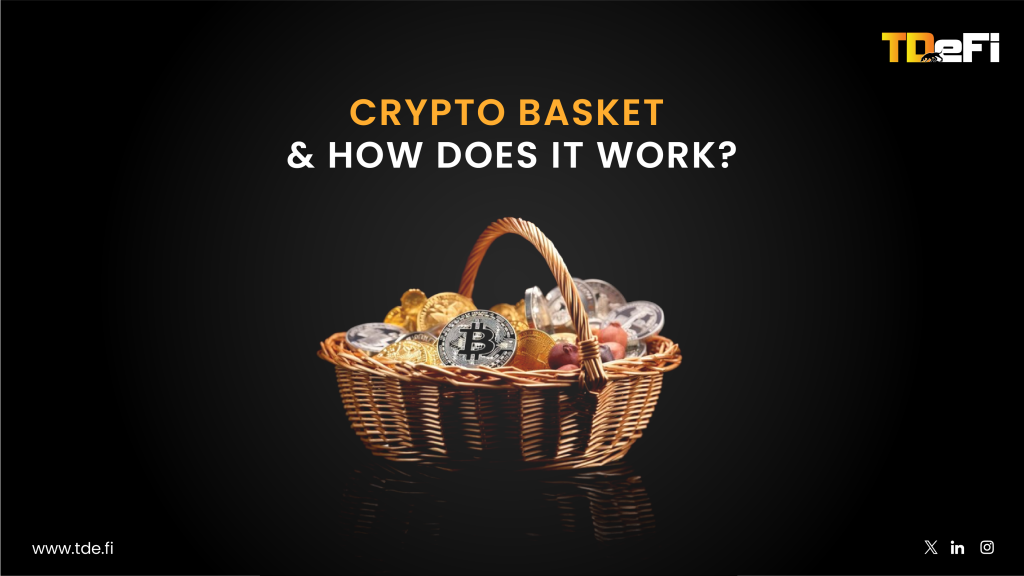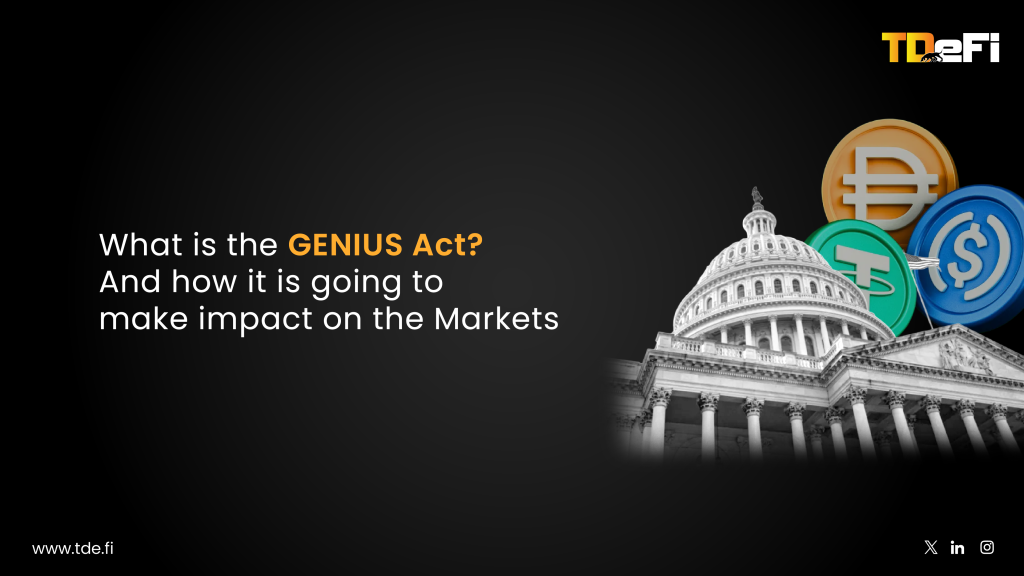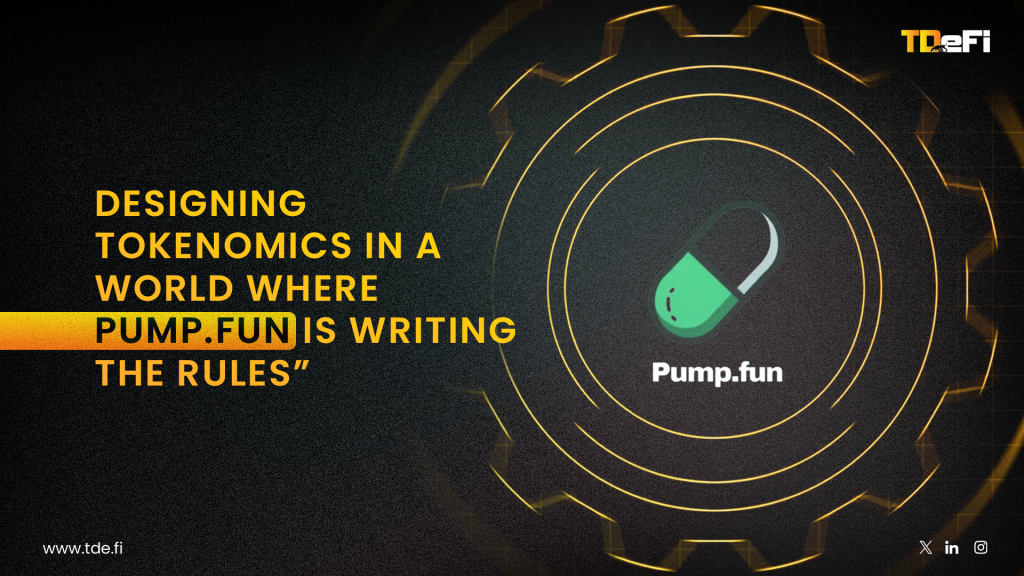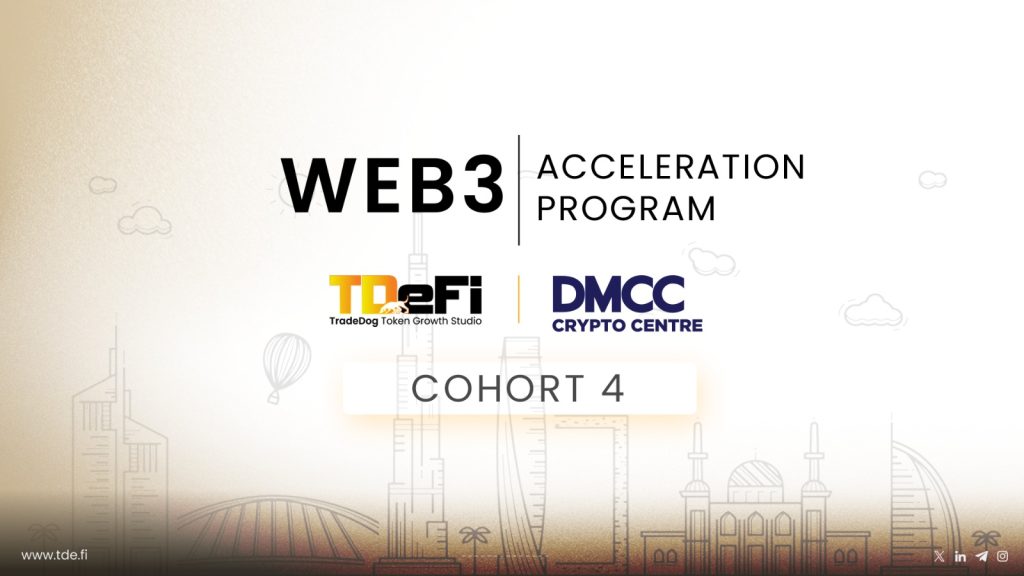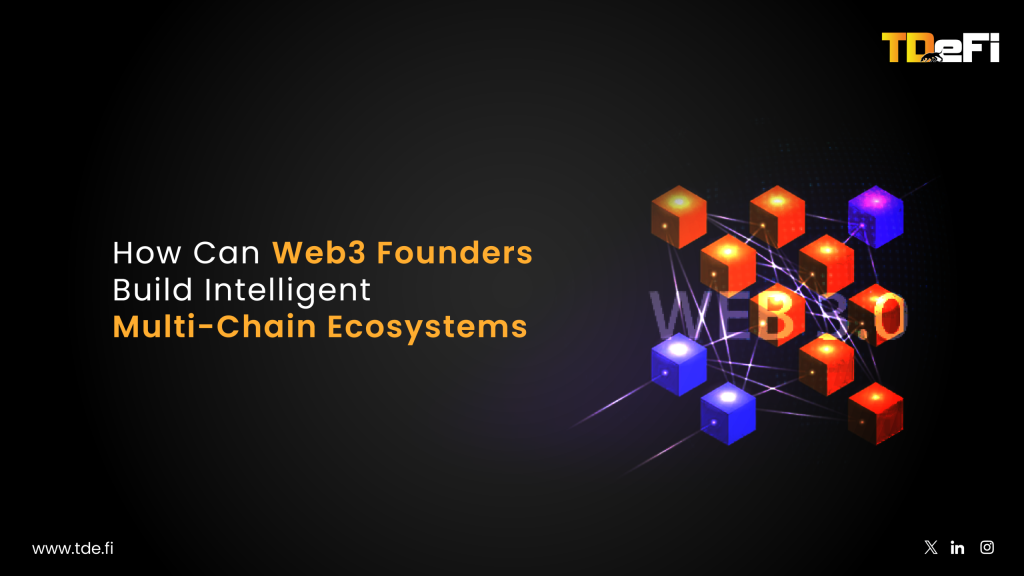Decentralized Finance (DeFi) is revolutionizing how we access financial services by removing traditional intermediaries and creating open, permissionless systems. However, with innovation comes risk. For investors and protocol integrators alike, understanding and managing these risks is crucial. In this guide, we outline the key risk parameters evaluated before integrating any protocol into a DeFi strategy—and we include additional dimensions to help you make more informed decisions.
1. Security and Code Integrity
Security Audits
Independent audits by reputable firms are a cornerstone of trust in any DeFi project. Audits assess the code’s robustness and uncover vulnerabilities before deployment. A recent emphasis on audit transparency has seen industry leaders publish detailed reports that can be cross-referenced with on-chain deployments.
Bug Bounty Programs
A well-designed bug bounty program encourages independent security researchers to discover vulnerabilities. The existence of such programs—and the level of rewards offered—demonstrates that a project takes proactive measures to safeguard users.
Admin Key and Upgradeable Contract Risks
Centralized controls like admin keys can be points of failure. Thus it is important to evaluate whether a protocol uses upgradeable contracts and if so, how they manage and secure the upgrade process.
2. Development and Maintenance Metrics
Development Activity
High development activity—measured through the number of commits, active developers, and repository updates—can be a positive signal. It shows that the protocol is actively maintained and responsive to new challenges.
Issues and Pull Requests
The management of open and closed issues, along with how quickly pull requests are handled, provides insight into the project’s responsiveness. Efficient issue resolution helps prevent vulnerabilities from lingering in the codebase.
Test Coverage
Robust test suites and high code coverage are critical. They reduce the likelihood of undetected bugs and ensure that any changes in the code do not break critical functionality.
Documentation
Comprehensive and accessible documentation isn’t just for developers—it’s also vital for users and auditors. Clear documentation about code functionality, upgrade processes, and governance practices enhances transparency and reduces misinterpretation.
3. Liquidity, Transaction, and Integration Metrics
Liquidity and Total Value Locked (TVL)
A healthy TVL, along with steady liquidity over a set period (e.g., at least $3M over 90 days), suggests that the protocol can handle market stress. Monitoring liquidity trends helps flag potential drawdowns that might impact strategy performance.
Transaction Activity
High transaction volume and activity levels can indicate that a protocol is both popular and actively used. However, unusual spikes or drops may signal operational or market risks that need further investigation.
Integration with Other Protocols
DeFi strategies often rely on composability. It is advisable to check the number and volume of interactions with other protocols, as these integrations can either bolster the protocol’s resilience or introduce systemic risk if one dependency fails.
4. Community, Social, and Governance Signals
Social Metrics and Community Reputation
Active discussions on platforms such as Twitter, Reddit, Discord, or Telegram can provide qualitative insights. A vibrant, supportive community often signals genuine interest and engagement, whereas low-quality or manufactured engagement might be a red flag.
Public Appearances and Partnerships
Established partnerships and public appearances at crypto conferences build credibility. A protocol that is actively participating in industry events or collaborating with other reputable projects is more likely to adhere to best practices.
Governance Risk
Many DeFi protocols use governance tokens to allow users to vote on changes. While this can democratize decision-making, concentration of voting power in a few hands or poorly designed proposals can lead to vulnerabilities like “rug pulls” or malicious upgrades. Always check how governance is structured and whether the process is transparent and secure.
5. Financial Health and Reporting
Tokenomics
Token distribution, vesting schedules, inflation/deflation models, and overall supply dynamics can significantly impact long-term value. An imbalanced tokenomics model might expose investors to dilution or manipulation risks.
Financial Reporting and Revenue/Expenses Transparency
Regular, transparent financial reporting enables investors to understand how funds are being allocated—whether for development, marketing, or other operational expenses. Sound financial governance reduces risks related to mismanagement.
User Activity and Liquidity Provider Metrics
Metrics such as the number of active users and unique wallet addresses provide insight into real-world adoption. When these numbers are growing steadily, they add confidence that the protocol is meeting user needs.
Conclusion
Risk management in DeFi is as dynamic as the ecosystem itself. By thoroughly examining security audits, development activity, liquidity metrics, community signals, financial reporting, and regulatory compliance, investors can better navigate the complexities of decentralized finance. Incorporating these risk parameters—and staying vigilant about additional risks like upgradeable contract vulnerabilities and market dynamics—creates a stronger foundation for successful DeFi strategies.
As the DeFi space evolves, so too must your risk management approaches. Stay informed, perform regular due diligence, and always be prepared to adapt your strategies in this rapidly changing environment.


